
| Ship:
Yauks left London May 9, 1912 and arrived Quebec May 16-17, 1912. The passenger ship shows what kind of voyage the Yauk family had (Third Class-Steerage). The Scotian ship turned out to be the "Statendam 1" which through its life span was sold to various ship lines. Yauk medical and immigration clearance took place at Grosse Ile, Quebec, which meant an extended stay on this St. Lawrence Island. Their medical detention was completed by May 21, 1912, after which they took a train and settled in Winnipeg. They probably had friends and/or relatives in Winnipeg as many Holstein families had also migrated here. |

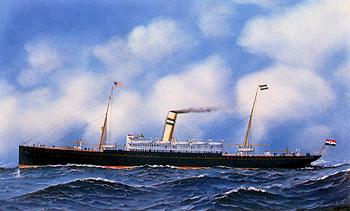 |
2) She was a 10,491 gross ton ship, length 515 ft x beam 60 ft, one funnel, two masts, twin screw and a speed of 14 knots. 3) Accommodation was provided for 200-1st, 175-2nd and 2,000-3rd class passengers. |
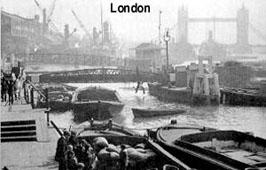 |
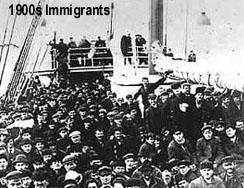 |
Yauk
Certificates:
Reinhardt
Yauk: Wife Katie, Two Sons Fred & Dave, Two Daughters, Amelia(Molly)
& Katherine
Grosse Ile Quarantine Station
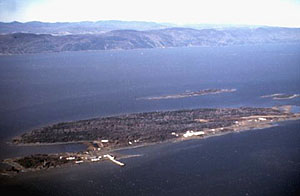 |
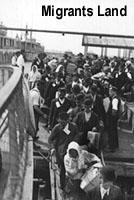 |
| From 1832-1937, Grosse Île, a small island lying about 30 miles
east of Quebec city, was a quarantine station for the Port of Québec
which, up until World War II, was the main arrival site for immigrants
coming into Canada. During this time, more than four million people passed
through the Port of Québec.
Cholera epidemics threatened Canada because of the large number of immigrants arriving with cholera and the quarantine island was seen as a means of containing this dreaded disease and preventing its spread. What they weren't prepared for was the number of victims who would require medical aid on arrival. Neither did they realize the poor condition of the passengers and the numbers who had died at sea or on ship before disembarking. |
|
|